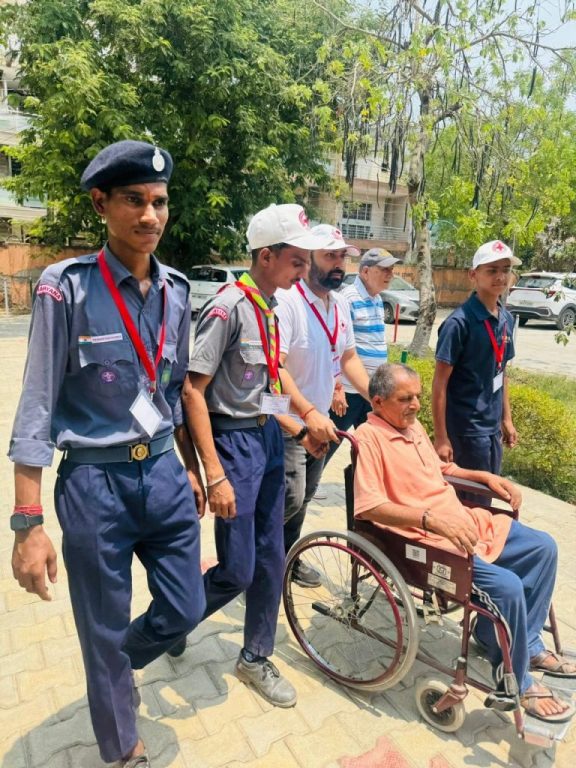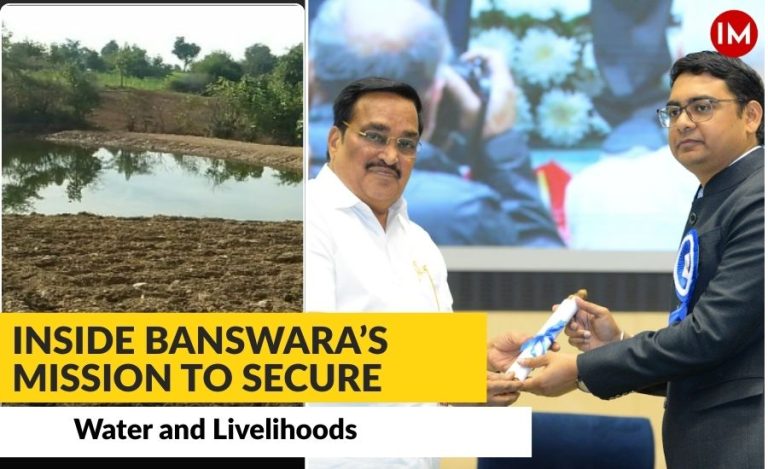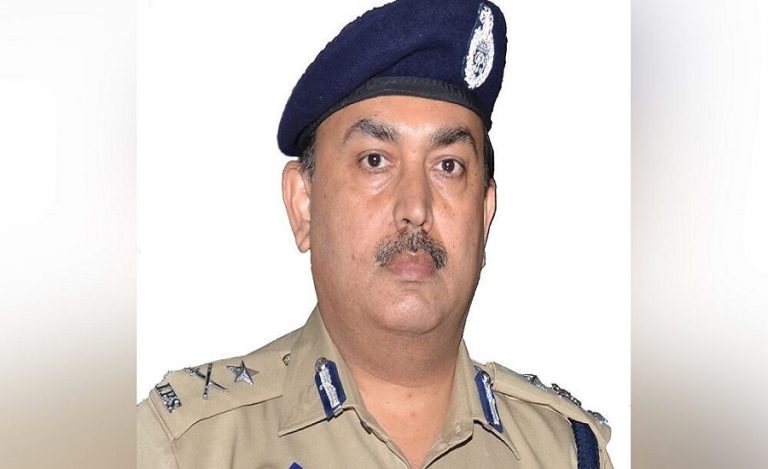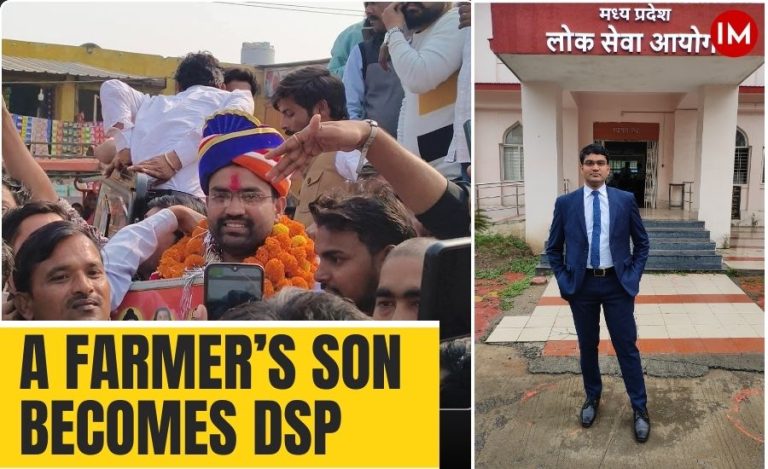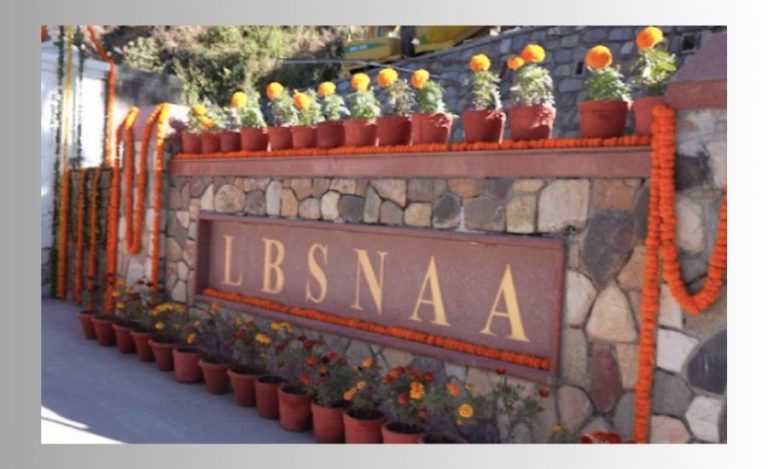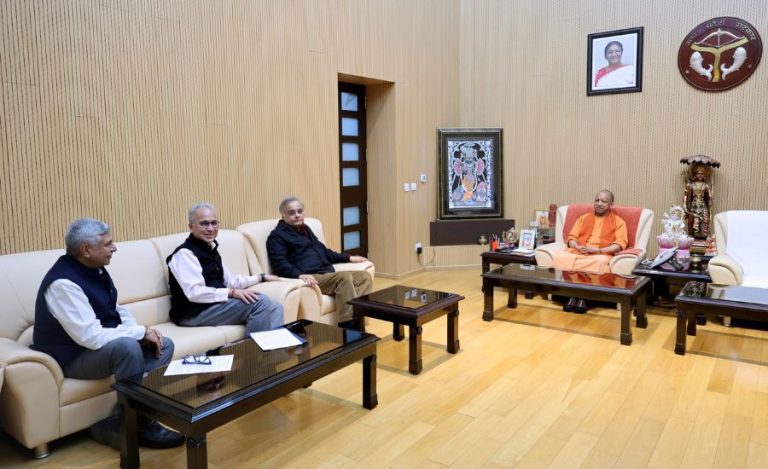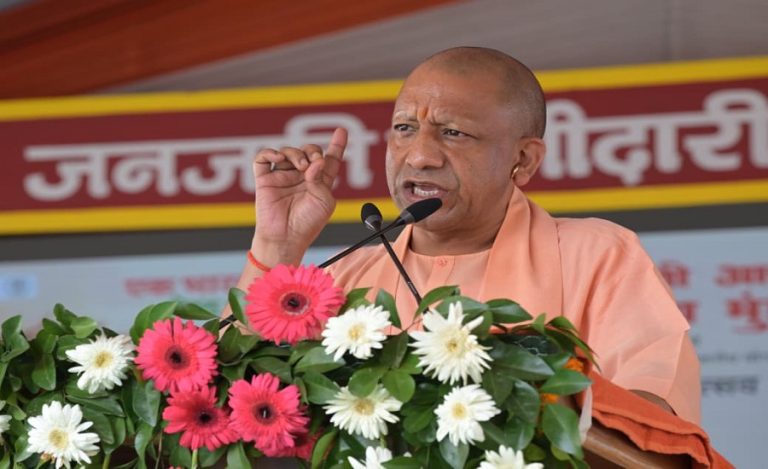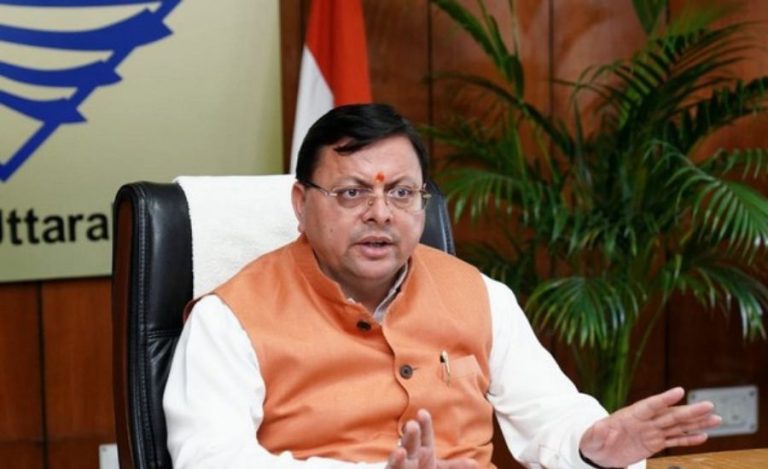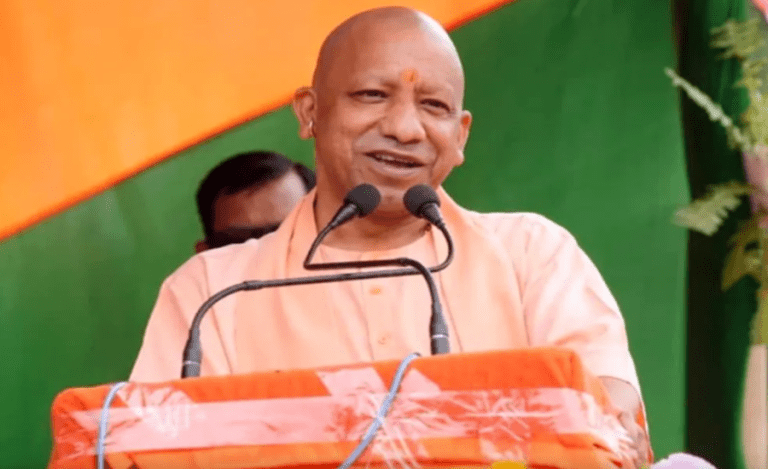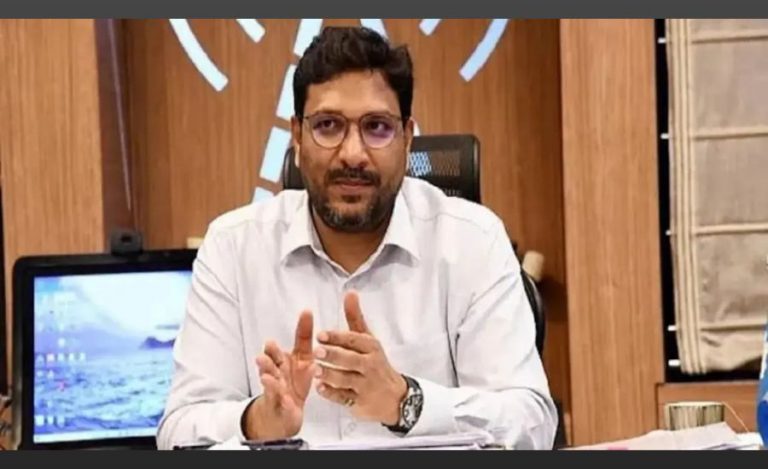The grand festival of democracy is underway in the country. Out of the seven-phase elections, six phases have been completed, with the final phase scheduled for June 1st. Due to the intense sunlight and scorching heat, voter turnout has been affected nationwide, leading to a decrease in the voting percentage. This impact was also evident in Haryana during the sixth phase of the elections. However, numerous initiatives taken by the administration made it easier and more accessible for ordinary citizens to cast their votes. The ‘Voters in Queue’ initiative, in particular, was praised nationwide.
An app called ‘Voters-in-Queue’ allowed voters to check the queue status at polling centers from the comfort of their homes and go to vote when the crowd decreased. Additionally, the administration in each district took various initiatives to simplify the electoral process for ordinary citizens and increase voter turnout.
In Faridabad, which is one of the largest constituencies in Haryana by voter count, Deputy Commissioner Vikram Singh Yadav implemented several initiatives, such as the ‘Webcasting’ campaign, arranging transportation for senior citizens and people with disabilities, and increasing SVEEP activities.
Indian Masterminds interacted with Vikram Yadav, an IAS officer of the 2014 batch, to learn more about these initiatives.

VOTERS IN QUE
The ‘Voter-In-Queue’ app was launched by the Chief Electoral Officer of Haryana, Mr. Anurag Agarwal, and it was approved for use by the Election Commission of India. The app was operational in urban assembly constituencies as per the important decision taken by the Election Commission. Mr. Vikram explained that with the help of the ‘Voters-in-Queue’ app, voters can see the number of people in line at polling stations in real-time on election day, allowing them to visit the center and vote at their convenience. Often, voters leave without casting their vote after seeing long lines, but now they can get this information through the app.
He also mentioned that the Election Commission of India had approved the ‘Voters-in-Queue’ mobile app as an experiment. In the future, it could be a big thing.
The voter has to input their area name, polling booth name, and their own name into the mobile app, and they will receive an OTP. With this OTP, they can directly connect with the Booth Level Officer (BLO) at their designated booth. Every hour or half-hour, the BLO will update the app with the current number of people in the queue to vote.
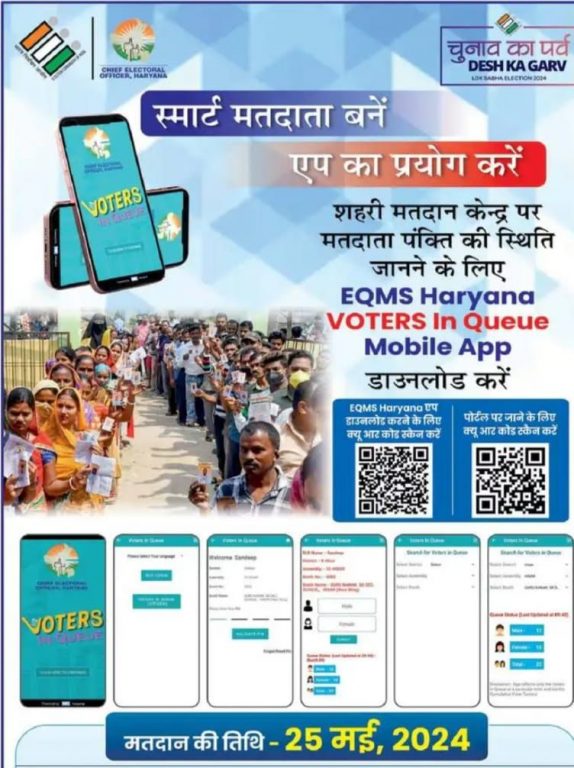
This mobile app and website are used for the first time in elections. Its primary advantage is that voters won’t have to endure long waits to cast their votes; they can go as soon as the queue shortens. This ensures a smoother and more efficient voting process for everyone involved.
He said, “Faridabad boasts approximately more than 24 lakh voters, making it home to one of the largest Lok Sabha constituencies in the state. With 1572 polling booths in place, ensuring smooth voter queuing presented a significant challenge. However, we deployed a substantial number of Booth Level Officers (BLOs) across all urban polling stations, making every effort to ensure its success.”

TRANSPORTATION
In addition to the mobile app initiative, the Faridabad administration also arranged for auto-rickshaws and electric e-rickshaws across Faridabad. Senior citizens and individuals with disabilities could access this assistance by calling 1950. Approximately 15 autos and e-rickshaws were stationed at every assembly constituency of this Lok Sabha seat. Wheelchairs were also provided at each polling station to facilitate ease of access for all voters.
Mr. Vikram said, “We tried to provide every possible support to make the polling booth accessible. I feel that such initiatives were the need of the hour.”
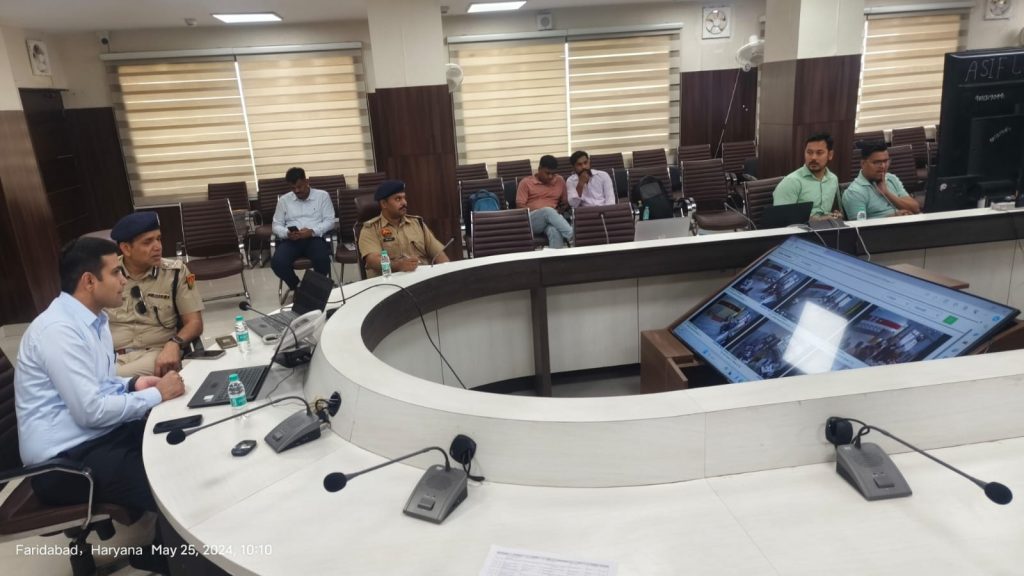
WEB CASTING
Webcasting was implemented across all polling booths, with Faridabad hosting the state’s largest control room for this purpose. Approximately 50 screens were installed to facilitate this process. Presiding officers at each polling booth were guided in real-time through webcasting, enabling continuous monitoring of the electoral proceedings.
Finally, 60.5 percent of Faridabad’s 24.3 lakh voters showed up to cast their ballot as the parliamentary constituency went to polls in the sixth phase.
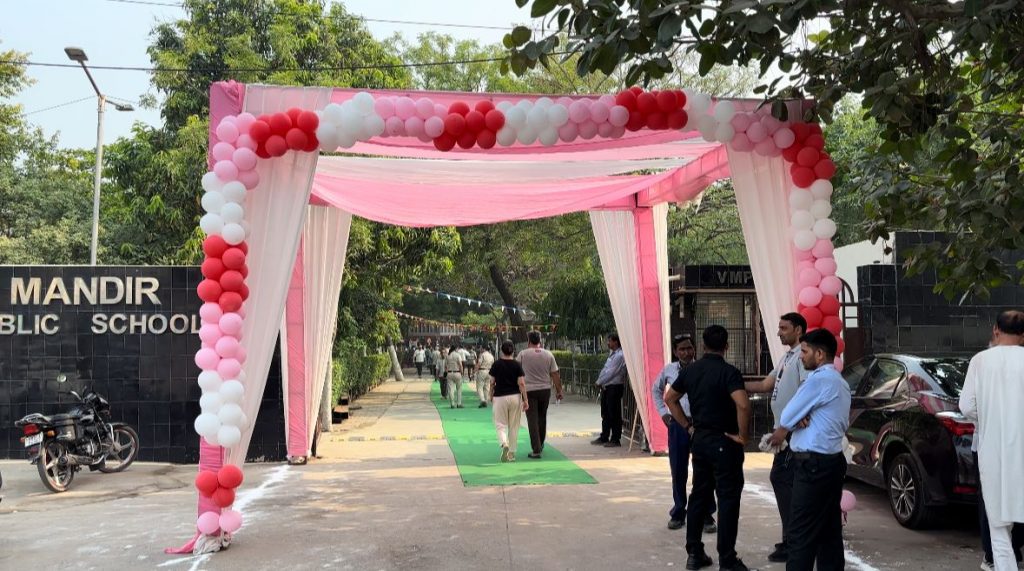
SVEEP ACTIVITY
In addition to the aforementioned efforts, the administration undertook numerous SVEEP (Systematic Voters’ Education and Electoral Participation) activities to enhance voter participation in the electoral process. An oath-taking event was organized, attracting over 8.5 lakh residents and students from Faridabad. Students were encouraged to inspire their parents and relatives to exercise their voting rights.
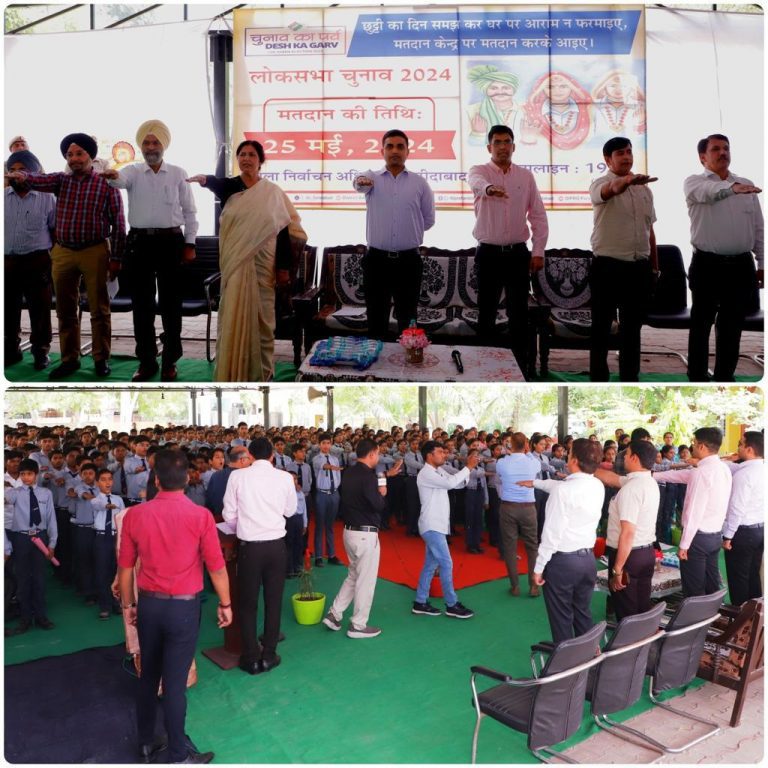
Furthermore, the administration collaborated with market associations, restaurants, and cinema owners to offer discounts to individuals who had cast their votes, valid for one day. He said, “These initiatives aimed to foster a culture of civic responsibility and ensure that every eligible citizen felt empowered to participate in shaping their democracy.”
